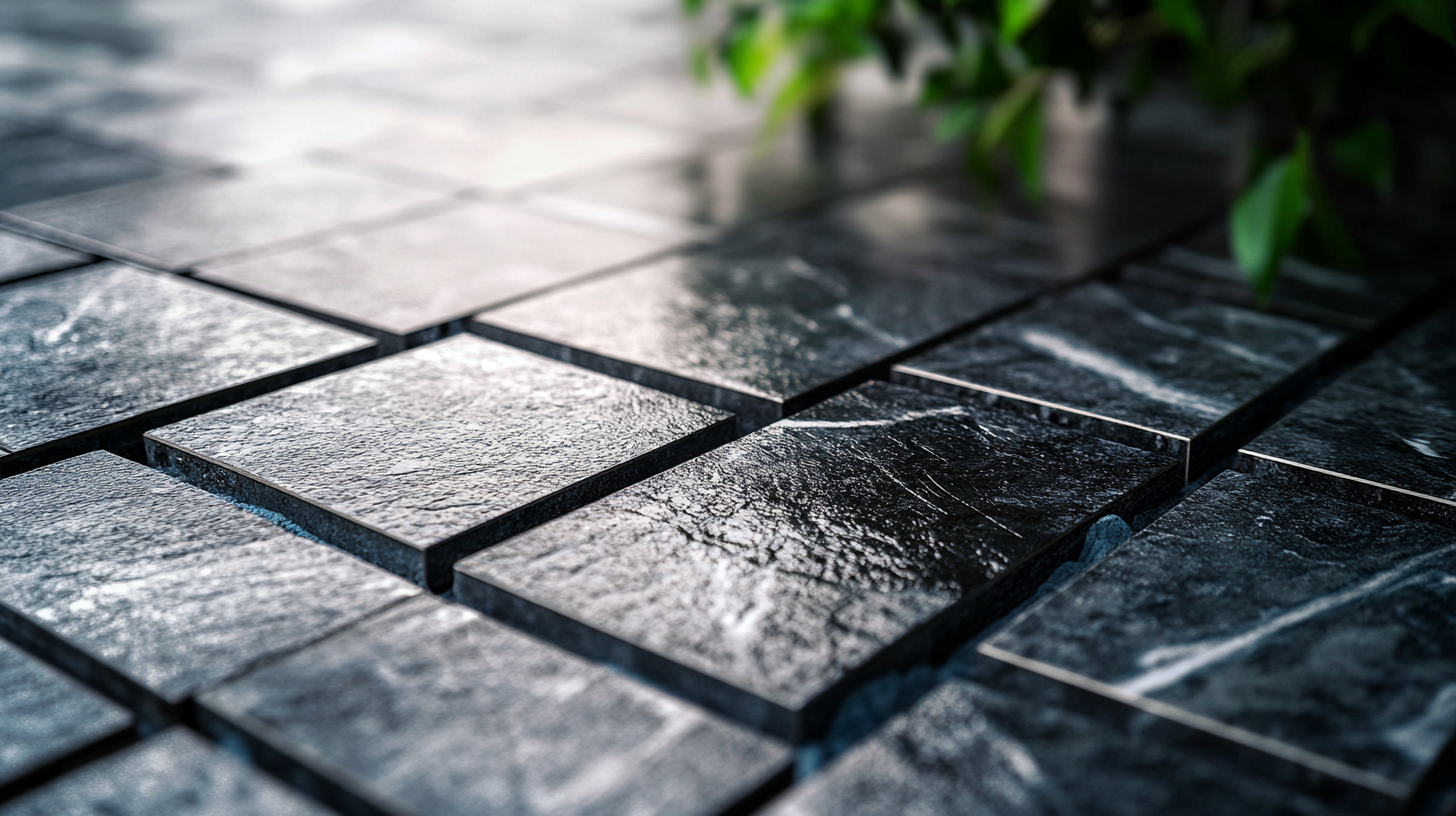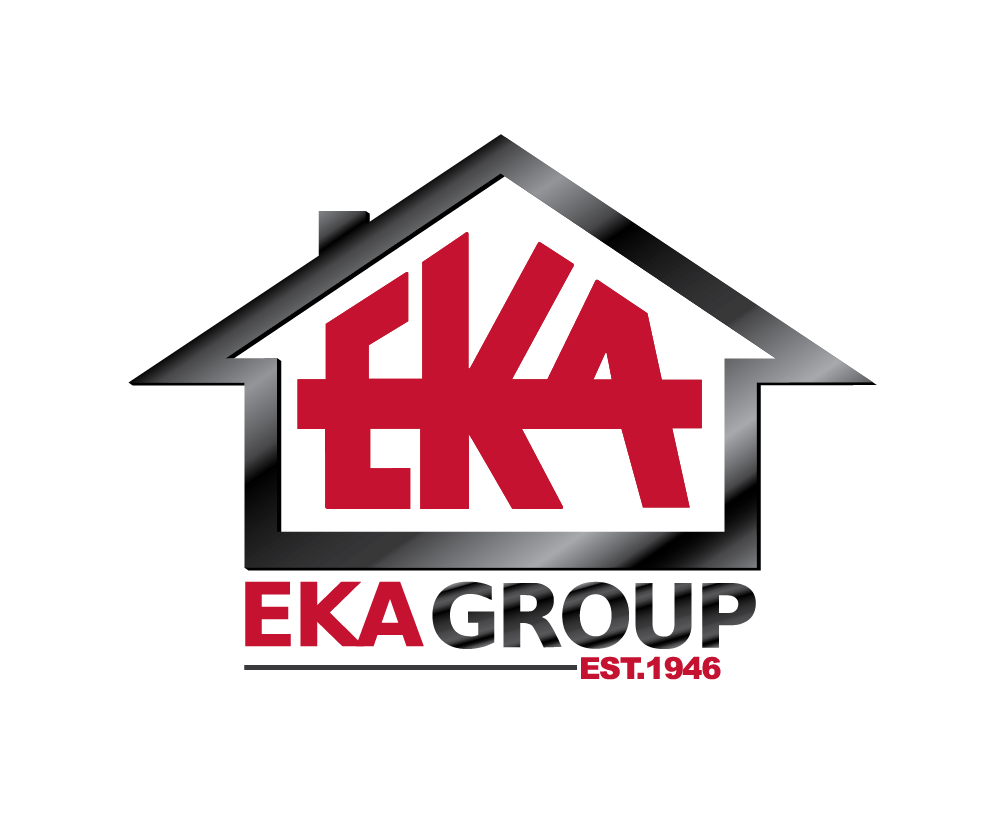
Resilient Growth of Chinese Lvp Tile Industry Amidst US China Tariff Challenges
As the global economy faces turbulent shifts due to ongoing trade tensions, the resilience of the Chinese LVP tile industry stands out remarkably. Despite the imposition of tariffs between the US and China, which have posed significant challenges for many sectors, the LVP tile market in China has continued to thrive. According to a recent market analysis, the Chinese LVP tile industry is projected to grow at a compound annual growth rate (CAGR) of over 9% through 2025, driven by increasing domestic demand and innovative manufacturing techniques. Additionally, reports indicate that China's export volume of LVP tiles remains robust, highlighting the industry's adaptability in a changing environment. This growth is not only a testament to the strategic initiatives adopted by manufacturers but also reflects a larger trend of shifting market dynamics, positioning Chinese LVP tiles as a compelling choice for consumers worldwide.

Impact of US-China Tariffs on the LVP Tile Market
The impact of US-China tariffs on the luxury vinyl plank (LVP) tile market has been profound, particularly as industry analysts have predicted varying effects across different flooring categories. The imposition of tariffs has created a more complex landscape for manufacturers, forcing many to rethink their pricing strategies. An increase in prices appears to be an initial reaction to the tariffs, as companies strive to maintain profitability in a fluctuating trade environment. While this may offer temporary relief, it also risks alienating consumers who are sensitive to price changes.
Moreover, the ongoing evolution of the LVP market reflects resilience in the face of challenges. As the industry adapts to these tariffs, there is a noticeable trend toward bolstering domestic production capabilities. This shift not only addresses the immediate pressures brought about by imported goods but also aligns with a broader consumer preference for "Made in America" products. Despite the hurdles presented by tariffs and other market dynamics, companies are actively investing in local manufacturing, ensuring that they remain competitive while responding to the needs of a changing marketplace.
Resilient Growth of Chinese Lvp Tile Industry Amidst US China Tariff Challenges
| Year | Market Size (Billion USD) | Growth Rate (%) | US Tariffs (%) | Export Volume (Million SQM) |
|---|---|---|---|---|
| 2020 | 4.5 | 10.0 | 25 | 50 |
| 2021 | 5.0 | 11.1 | 25 | 55 |
| 2022 | 5.5 | 10.0 | 30 | 60 |
| 2023 | 6.0 | 9.1 | 30 | 62 |
Strategies Adopted by Chinese Manufacturers for Growth
The Chinese luxury vinyl plank (LVP) tile industry has demonstrated remarkable resilience in the face of ongoing tariff challenges between the US and China. Manufacturers have adopted a variety of strategic approaches to navigate this complex landscape. One significant strategy is the diversification of supply chains. By sourcing raw materials from different countries and establishing production facilities outside China, companies have effectively reduced their exposure to tariffs, ensuring a steady flow of products to their US customers.
In addition, Chinese manufacturers are increasingly focusing on innovation and product differentiation as means to maintain their competitive edge. By investing in research and development, companies are able to produce high-quality, environmentally-friendly flooring options that appeal to the evolving preferences of consumers. Moreover, leveraging digital marketing techniques and e-commerce platforms has allowed these manufacturers to reach a broader audience, tapping into new markets that are less affected by the tariff restrictions. Through these adaptive strategies, the LVP tile industry in China is not only weathering the storm but also setting the stage for future growth.

Innovation and Technology in the Resilient LVP Tile Industry
The resilient luxury vinyl plank (LVP) tile industry in China has demonstrated remarkable adaptability in the face of US-China tariff challenges. A key driver of this resilience is innovation and the integration of advanced technologies into the manufacturing process. According to a report by ResearchAndMarkets, the global LVP market is projected to grow at a CAGR of 7.5% from 2021 to 2026, reflecting a robust demand that encourages Chinese manufacturers to enhance their production capabilities.
One notable area of innovation is the development of eco-friendly materials and manufacturing processes. Chinese companies have increasingly adopted biocomposites and recycled content in their products, which not only meet stringent international environmental standards but also attract a growing demographic of environmentally conscious consumers. Additionally, advancements in digital printing technologies have allowed manufacturers to create realistic wood and stone aesthetics, thus expanding design options and enhancing product appeal. The ongoing investment in R&D within the LVP sector is not only improving product quality but is also helping to mitigate the impact of tariffs by making Chinese products more competitive in the global market.

Market Trends and Consumer Preferences Amidst Tariff Challenges
The Chinese LVP (Luxury Vinyl Plank) tile industry demonstrates remarkable resilience in the face of ongoing US-China tariff challenges. Despite the hurdles presented by new tariffs, the market for LVP tiles continues to exhibit strong growth, driven by shifting consumer preferences towards durable and aesthetically pleasing flooring options. As reported, demand for LVP tiles has surged, with a projected annual growth rate of over 15% through 2025, indicating a robust recovery trajectory even amidst geopolitical tensions.
Consumer behavior is also evolving, as homeowners increasingly seek cost-effective yet premium solutions for their flooring needs. This trend aligns with the broader e-commerce landscape where rising implementation of tariffs is compelling companies to adapt their supply chain strategies. A recent analysis highlights that adjusting pricing strategies and enhancing product offerings are critical for businesses to maintain their competitive edge when facing tariff-induced cost increases. Moreover, innovative solutions such as localized sourcing and alternative supply chains are being explored to mitigate these challenges, ensuring that consumer demands remain met without significant price hikes. This adaptability will undoubtedly shape the future landscape of the LVP tile market and the broader home goods industry.
Future Outlook for the Chinese LVP Tile Industry in a Global Context
The Chinese LVP (Luxury Vinyl Plank) tile industry has demonstrated remarkable adaptability in the face of shifting global trade dynamics, particularly due to the ongoing tariffs imposed by the US on Chinese goods. While these challenges prompted some manufacturers to reassess their market strategies, the overall performance of the LVP sector has remained robust. The growing demand for affordable yet aesthetically pleasing flooring options has enabled Chinese companies to innovate and expand their production capabilities, ensuring that they maintain a competitive edge in the international market.
Looking ahead, the future of the Chinese LVP tile industry appears promising. As global consumers increasingly prioritize sustainable and eco-friendly products, companies that invest in green technologies and practices stand to benefit significantly. Moreover, the development of e-commerce platforms has opened new distribution channels, allowing Chinese manufacturers to reach a broader audience beyond traditional markets. Thus, by leveraging these trends and embracing change, the Chinese LVP tile industry is poised to thrive amidst a complex global landscape, reinforcing its position as a leader in flooring solutions.

